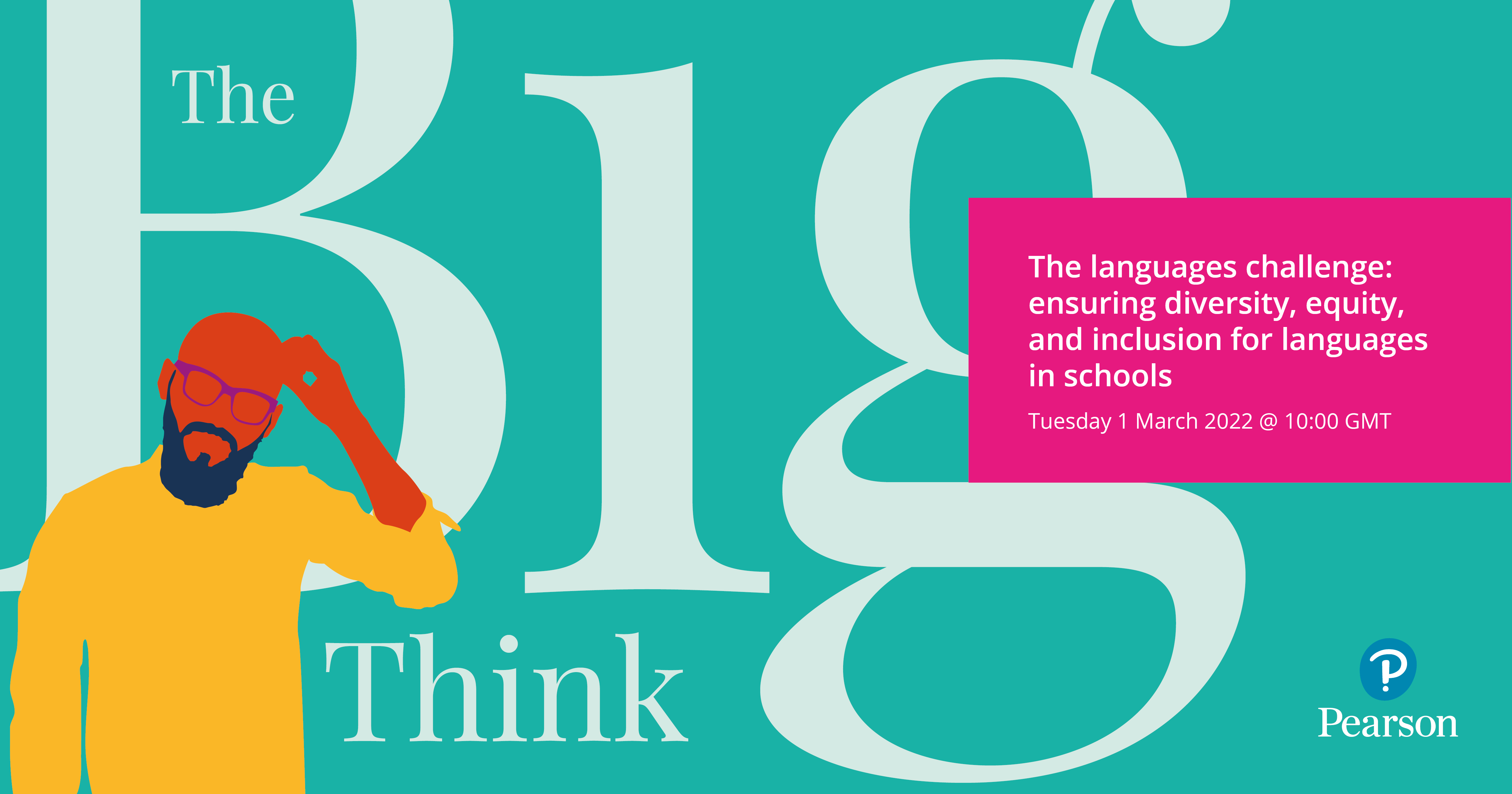
School language, home languages, host country languages, world languages… where is a school supposed to start? International schools are complex in many ways, but never more so than when it comes to languages. So, how can we deal with this complexity in ways that are beneficial to all our students, and respect and develop each unique language profile?
Approach languages from a whole-system perspective
The first thing we need to do is approach languages from a whole-system perspective, rather than as separate entities. Languages co-habit in the brain, and are entwined in how we think and communicate. When each language ‘department’ functions separately, we are missing out on a vital piece of the puzzle; how is each student across languages? How can we bridge and scaffold between and across languages to ensure equal access to learning and socialisation?
Consider how we chose and frame language options
The second thing we need to consider is how we chose and frame language options in our schools. International schools tend to take an economic view on languages. When choosing how much effort to put into the host country language, which home languages to support, and which world languages to choose as subjects, the starting point is often, implicitly or explicitly, ‘Which languages have the most market value?’ When this is our starting point, we focus on external or future benefits of languages: how might a certain language help a child’s career prospects when they are an adult. What we lose in this view is what is good for the child right now. Very often, what is good linguistically for the child and their development is not valued if it doesn’t align with what people (school, parents) feel is good for the child as an adult.
One example of this is the largely ‘English-only’ approach in many (most?) international schools. By this, I mean that English is the language of instruction for all subjects. There is a wide body of research that suggests than continued development and educational opportunities in the home language improves outcomes in English-medium education (EMI). Despite this, parents often choose EMI international schools with the express desire to have their children educated only in English, and many schools are happy to provide this service. This leaves schools to balance the fine line between the parents’ desires and what is right and good for the child in terms of linguistic and academic development.
Host country language versus world languages
Another example is approaches to host country language versus world languages. In contexts where the host country language is seen to have less market value (again, for the child as an adult), teaching of high-status European languages often gets more time and attention than teaching of the host country language. Looking once more at what is good for the child, the host country language is the route to inclusion in the local community, to the development of understanding of the host country culture, and to the eventual development of international-mindedness and global citizenship that is meaningful and not ideological.
Messaging to students that learning an external language is more important than learning the language of the country you are living in is not aligned with any meaningful iteration of international-mindedness, and so the host country language needs to central to the curriculum and not on the periphery.
Adjusting the narrative around the value of languages and bilingualism
How can schools walk the fine line between what is right and good for the child and what is potentially beneficial for them as adults? The first thing we can do is adjust our narrative around the value of languages and bilingualism. Rather than focusing on the (potential) cognitive benefits of being bilingual and the (potential) market value of speaking a high-status European language, shift the focus to the value of languages for social, emotional, and identity purposes. This will allow us to prioritise languages in a way that gives children the best social, emotional, and linguistic experiences in their younger years, which will build a strong foundation and positive disposition for learning other languages later.
The most obvious hurdle in this approach is that most international schools have a student body with a wide range of languages, and therefore it isn’t straightforward to prioritise all home languages through traditional educational means. It is here that we come to the crux of ‘the languages challenge’, which led to the title of the book ‘Cultural and Linguistic Innovation in Schools’ (Spiro & Crisfield, 2018). Schools with significant complexity in languages and an international outlook must be innovative in how they approach the multi-dimensional language profiles of their students. There is no ‘out of the box’ curriculum to draw on, no straightforward and easy to apply structure or strategy. International School leaders must draw on their innovative spirit and apply it to the creation of a holistic, well-developed approach to languages for all their students, encompassing the language of instruction, the home languages of their students, and the host country language. It is only when we do this that we become truly internationally-minded. [1]
[1] Spiro, J., & Crisfield, E. (2018). Cultural and Linguistic Innovation in Schools: The Languages Challenge. Cham: Palgrave Macmillan.
 Eowyn presented a Big Think webinar on the languages challenge to an international schools senior leadership audience on 1 March 2022. Watch the recording on demand
Eowyn presented a Big Think webinar on the languages challenge to an international schools senior leadership audience on 1 March 2022. Watch the recording on demand
Read more articles by Eowyn Crisfield.
Sign up to receive our blog updates
Like what you read and want to receive more articles like this direct to your inbox? Subscribe to our blog and we’ll send you a fortnightly digest of the blog posts you may have missed, plus links to free resources to support your teaching and learning.

